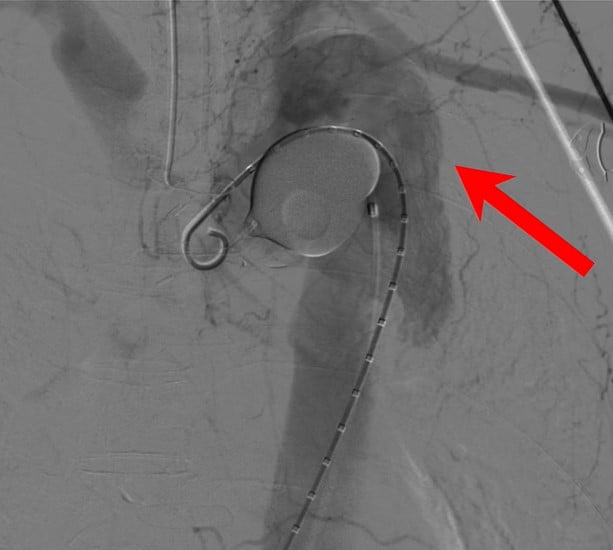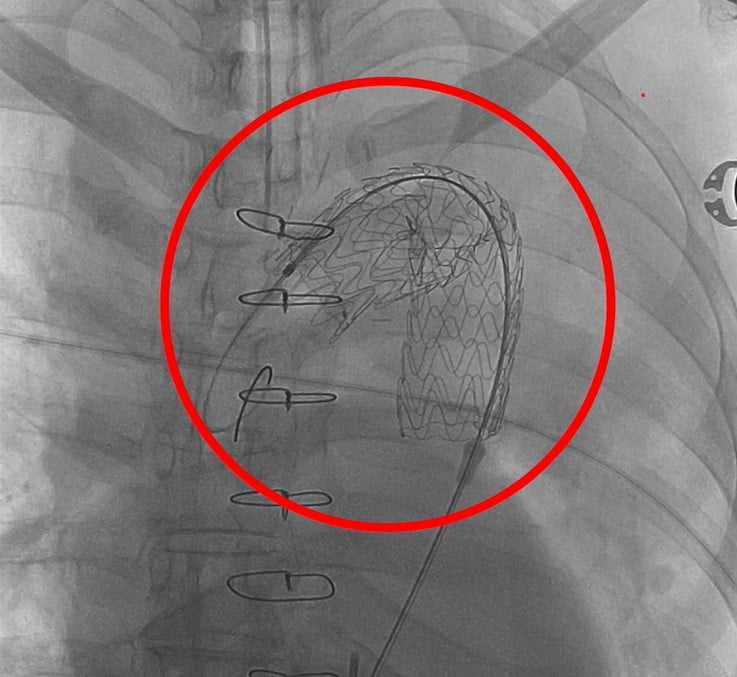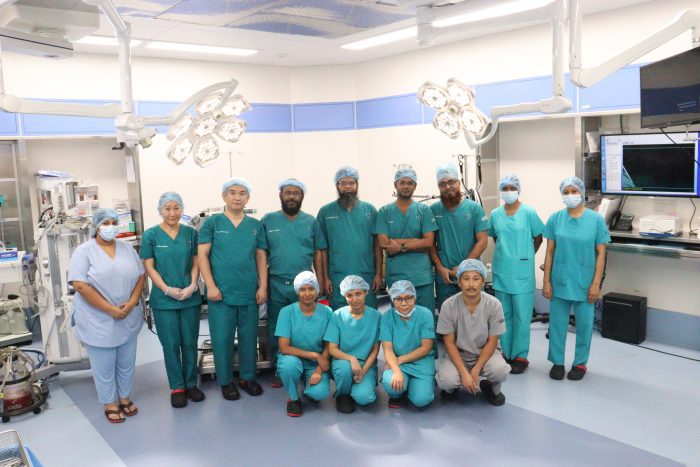Risk Factors for Aortic Aneurysm
- Advanced age (over 60 years)
- Tobacco use (smoking or chewing) across all age groups
- Type 2 diabetes
- High blood pressure
- Obesity, elevated blood cholesterol levels
Symptoms of Aortic Aneurysm
- Sudden and severe abdominal pain
- Intense back pain
- Abdominal swelling or heaviness
- Decreased appetite
Diagnosis
Diagnosis may be complicated by similarities to other conditions like kidney stones, gastritis, hernia, or lumbar spine disorders. Diagnosis typically involves abdominal ultrasonography, CT scans, and other tests as recommended by vascular surgeons.
Treatment Options
How it can be treated?
Patients with small aneurysms are usually managed with medications and regular monitoring via CT scans.
Immediate Intervention: Larger aneurysms, those showing growth on serial scans, or those at risk of rupture require prompt treatment. There are several types of surgeries, such as open surgeries and less invasive surgeries.
See more details of following surgeries.
Aortic Root Replacement, Total Arch Replacement, Descending Thoracic Aorta Replacement, Thoracoabdominal Aortic Replacement, Thoracic Endovascular Aortic Repair (TEVAR), Endovascular Aortic Repair (EVAR)
Contact with Ship International Hospital for Aortic Aneurysm treatment.








